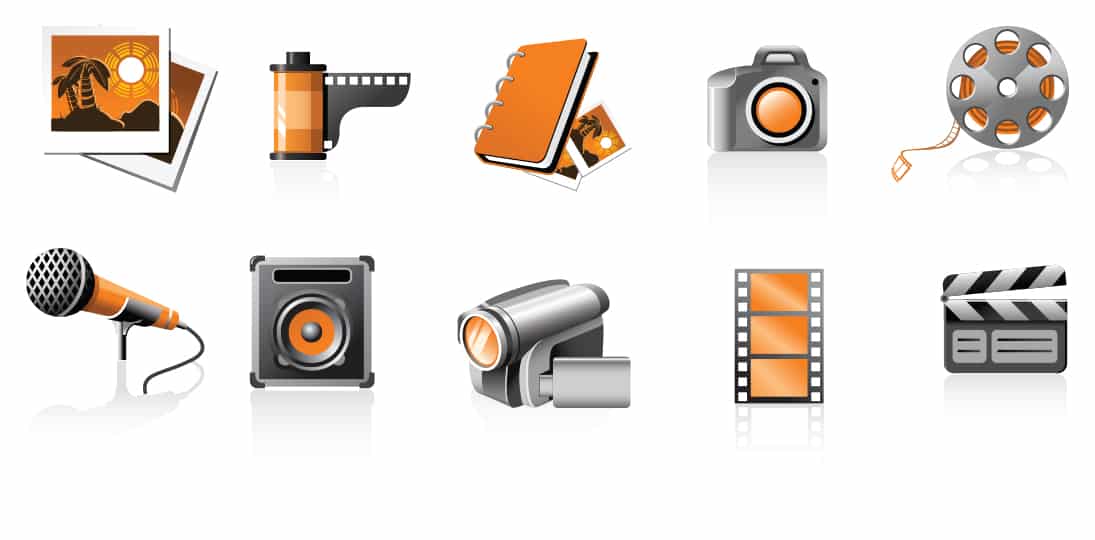Let’s talk about different types of digital signage media you can work with. We’ve picked just a few from the slew of options available.
Although these may seem obvious to some, we see a lot of folks overlooking these simple, but bountiful, sources for content and inspiration. Our AxisTV software supports a wide variety of media formats to energize your digital signs. Here are the five most popular:
1. Graphics
You probably already have a lot of great art laying around that can be turned into digital signage messages. You can import graphics into your content manager as long as they’re in one of these formats: JPG, TIF, GIF, PNG, WMF or BMP. A few tips:
- Make sure your graphic’s pixel dimensions are at least as large as the content block where they’ll be shown. Otherwise, you might get a pixelated image.
- On the same note, be sure to match the content block’s aspect ratio. Otherwise, your content can appear distorted, squeezed or stretched.
- Set the image resolution to 72dpi. With this technology, there’s no need to worry about print quality so you can use smaller file sizes.
2. Video and Audio
Motion and sound always attract attention. You can import any MP3 or WAV file to pair audio with your messages, and you can also bring in all of the most common video formats:
- Windows Media: ASF, AVI, MPEG, MPG, WMV
- Apple QuickTime: MOV, MP4, M4V
Before you crank up the tunes or the talking heads, make sure you consider the environment.
3. PowerPoint
We’ve got a whole white paper on designing digital signage content in PowerPoint that goes into detail on this subject. We know this is one of the best loved design tools out there, and your presentations offer a wealth of content you can use on your signs.
4. Media Streaming
If you’re streaming video or audio over your network, why not put it on the big screens? Stream content in any of these formats: WMV, MV4, MPEG and H.264.
5. Auto-Updating Content
Check out last week’s post about auto-updating content: weather, news, event schedules, graphic links, webpages, social media and more. It’s a great way to save time and keep audiences informed.
